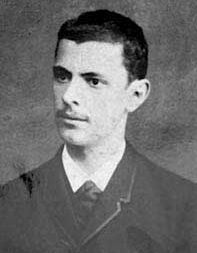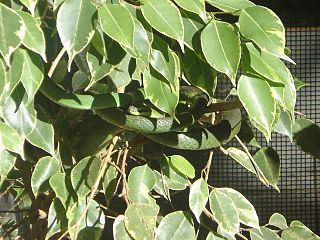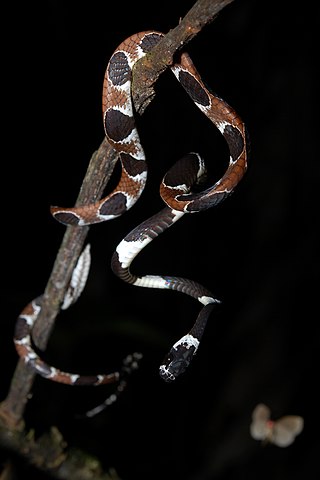
Vital Brazil Mineiro da Campanha, known as Vital Brazil, was a Brazilian physician, biomedical scientist and immunologist, known for the discovery of the polyvalent anti-ophidic serum used to treat bites of venomous snakes of the Crotalus, Bothrops and Elaps genera. He went on to be also the first to develop anti-scorpion and anti-spider serums. He was the founder of the Butantan Institute, a research center located in São Paulo, which was the first in the world dedicated exclusively to basic and applied toxicology, the science of venomous animals.

Clelia is a genus of snakes, one of three genera with species with the common name mussurana or musurana It is a genus of large snakes in the family Colubridae. The genus is endemic to Central America and South America, and species of Clelia are found from southern Mexico to Brazil. They specialize in ophiophagy, i.e., they attack and eat other snakes. Currently seven species are recognized as being valid. They have other popular names in various countries, such as zopilota in Central America and cribo on some Caribbean islands.

Chironius is a genus of New World colubrid snakes, commonly called sipos, savanes, or sometimes vine snakes. There are 23 described species in this genus.
Philodryas is a genus of colubrid snakes endemic to South America, commonly called green snakes.

Tantilla is a large genus of harmless New World snakes in the family Colubridae. The genus includes 66 species, which are commonly known as centipede snakes, blackhead snakes, and flathead snakes.

The Colubrinae are a subfamily of the family Colubridae of snakes. It includes numerous genera, and although taxonomic sources often disagree on the exact number, The Reptile Database lists 717 species in 92 genera as of September 2019. It is the second largest subfamily of colubrids, after Dipsadinae. Many of the most commonly known snakes are members of this subfamily, including rat snakes, king snakes, milk snakes, vine snakes, and indigo snakes.

Dendrophidion is a genus of New World colubrid snakes commonly referred to as forest racers.
Calamodontophis is a genus of snakes in the family Colubridae. The genus is endemic to South America.

Atractus is a genus of colubrid ground snakes in the subfamily Dipsadinae. The genus includes more than 140 distinct species.

Catesby's snail-eater, also commonly known as Catesby's snail sucker, is a nocturnal species of nonvenomous snake in the family Colubridae. The species is native to northern South America.

Mastigodryas is a genus of colubrid snakes. Like some other colubrids, they are commonly called racers. It is a Neotropical genus, with members distributed from Mexico to Argentina and several islands in the Caribbean. Some authorities use the older generic name, Dryadophis, for these species.

Apostolepis is a genus of snakes in the subfamily Dipsadinae. However, the familial placement differs among sources. It has also been placed in the family Colubridae, subfamily Dipsadinae or Xenodontinae, or in the family Xenodontidae. The genus Apostolepis is endemic to South America.

Helicops is a genus of snakes of the family Colubridae. The genus is endemic to South America.

Xenopholis is a genus of rear-fanged snakes of the family Colubridae.

Phrynonax is a genus of snakes in the family Colubridae. The genus is endemic to the New World

Phalotris is a genus of snakes of the subfamily Dipsadinae. All species of the genus Phalotris are found in South America. The specific name, mertensi, is in honor of German herpetologist Robert Mertens. The specific name, normanscotti, is in honor of Norman Scott, Jr., in recognition of his contribution to the knowledge of the herpetofauna of Paraguay.
Rhachidelus is a genus of snake in the subfamily Dipsadinae of the family Colubridae. The genus is endemic to South America.

Trilepida is a genus of snakes in the family Leptotyphlopidae.
Amaral's ground snake is a species of snake in the family Colubridae. The species is endemic to Brazil.
Caaeteboia is a genus of snakes in the subfamily Dipsadinae of the family Colubridae. The genus is endemic to Brazil.















